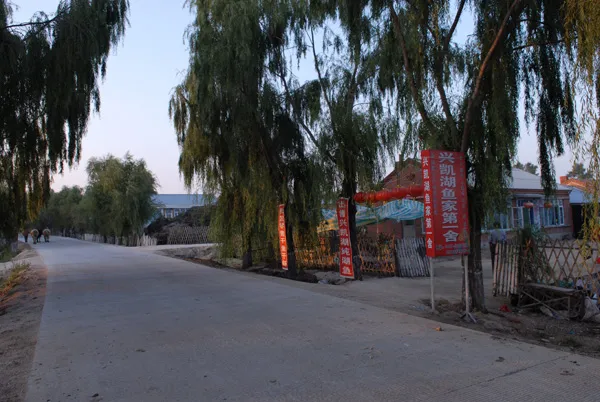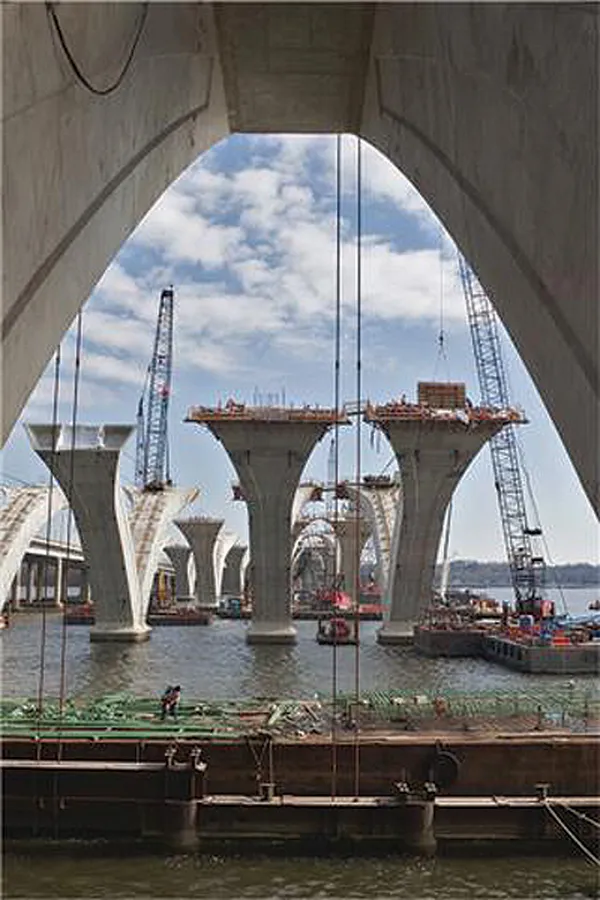The 2014 outlook for U.S. toll roads, airports, and ports is stable despite tepid growth, according to a new Fitch Ratings report.
“The growing use of Public Private Partnership, or P3, transactions to construct new or expand existing projects is largely motivated by limited resources at the state and local level, combined with uncertainty on future federal funding levels,” said Scott Zuchorski, director in Global Infrastructure and Project Finance at Fitch Ratings.
“While not a panacea for all funding is
December 11, 2013
Read time: 2 mins
The 2014 outlook for U.S. toll roads, airports, and ports is stable despite tepid growth, according to a new Fitch Ratings report.
“The growing use of Public Private Partnership, or P3, transactions to construct new or expand existing projects is largely motivated by limited resources at the state and local level, combined with uncertainty on future federal funding levels,” said Scott Zuchorski, director in Global Infrastructure and Project Finance at Fitch Ratings.
“While not a panacea for all funding issues, governments are increasingly looking to P3s for transportation projects where the economics make sense. Two-thirds of states currently have P3 enabling legislation in place, and given the size of future capital needs, Fitch expects transportation P3s to continue to rise in 2014.”
The stable 2014 outlook for the U.S. toll roads sector is said by Fitch Ratings to reflect continued slow growth in aggregate driving across the country. The firm reports that even in a declining traffic scenario, mature assets and systems with a combination of pricing power, robust liquidity and moderate leverage retain considerable resilience to sustain current rating levels. According to Fitch Ratings, forecasting risk remains high for recently constructed or green field standalone projects, which may be more vulnerable to a sustained weak economic environment.
“The growing use of Public Private Partnership, or P3, transactions to construct new or expand existing projects is largely motivated by limited resources at the state and local level, combined with uncertainty on future federal funding levels,” said Scott Zuchorski, director in Global Infrastructure and Project Finance at Fitch Ratings.
“While not a panacea for all funding issues, governments are increasingly looking to P3s for transportation projects where the economics make sense. Two-thirds of states currently have P3 enabling legislation in place, and given the size of future capital needs, Fitch expects transportation P3s to continue to rise in 2014.”
The stable 2014 outlook for the U.S. toll roads sector is said by Fitch Ratings to reflect continued slow growth in aggregate driving across the country. The firm reports that even in a declining traffic scenario, mature assets and systems with a combination of pricing power, robust liquidity and moderate leverage retain considerable resilience to sustain current rating levels. According to Fitch Ratings, forecasting risk remains high for recently constructed or green field standalone projects, which may be more vulnerable to a sustained weak economic environment.








